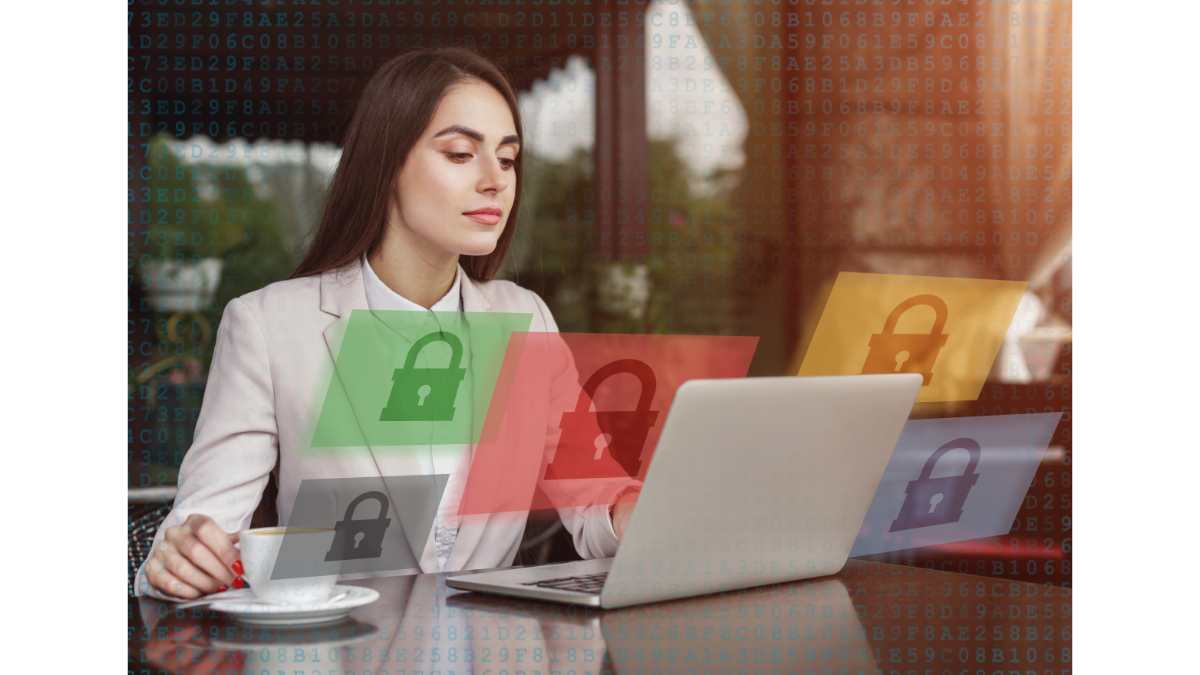Latin America. The shift to a remote or hybrid workforce has forced companies to adopt more Software-as-a-Service or SaaS applications, causing nearly 40% of companies to lose control of their IT and security environments, according to data from a Cloudflare study. In addition, for 49% of the participants, the adoption of this new working model has been the main catalyst for this situation.
But all is not lost. Having employees working remotely and keeping the company safe is possible. It just requires careful planning, establishing a series of teleworking policies and tools to accompany the process. So how can companies with remote workers bolster their cybersecurity?
Cybersecurity specialist, WatchGuard, offers 7 tips to regain control of your security in a remote work model:
1. Evaluate your business continuity plan for remote work: It's important to make sure your policies on the use of out-of-office equipment and systems are clear and up-to-date. To carry out this assessment, it is advisable to ask yourself a series of questions that allow you to assess your company's remote work capabilities. For example, questioning whether you have enough VPN licenses or whether staff members are aware of work-at-home policies.
2. Communicate expectations to remote workers: Once you've created a comprehensive and detailed policy that specifies the roles and responsibilities of each employee, manager, and IT support staff, you should communicate it to employees so they understand the rationale behind these measures, as well as the benefits and risks of not following them.
3. Train employees in cybersecurity to work remotely: In addition to providing security tools and systems, you need to train your workforce so they know how to use them. Training can be done in different formats, such as webinars, videos, quizzes, newsletters or newsletters. This helps create a culture of safety in your organization, where employees take responsibility for their own safety and the security of company assets.
4. Implement multi-factor authentication (MFA) to protect users and apps: MFA adds an extra layer of security by requiring users to verify their identity with two different factors, such as a password and push notification on their mobile device. This makes it difficult for cybercriminals to access users' accounts, even if they know their credentials.
5. Scale VPN capacity to meet the growing demand for remote access: If VPN capacity is insufficient, remote employees may experience performance issues such as long wait times and frequent disconnections. Cloud-hosted firewalls can help solve these problems by load balancing VPN traffic and scaling to accommodate changing business needs.
6. Help remote employees enable secure Wi-Fi networks at home: First, they'll need to connect to the company network using a VPN. In addition, it is recommended that they hide their router's SSID, as well as use a modem/router with WPA2 or WPA3 protection, and regularly change the Wi-Fi network password. Similarly, they should bypass the default setting and create a guest network so that other household members can connect without accessing the company's main network, thus maintaining a more secure connection against potential threats.
7. Apply zero-trust principles to networks and devices: Be sure to adopt a zero-trust approach to security, which requires that the identity of all users and devices be verified before they are granted access to resources. In the same way, try to have a solution that analyzes and blocks malicious processes, as well as suspicious activities on endpoints, as this can be the beginning of an attack that spreads to the rest of the computers in the organization. Detecting and responding to these types of threats early can mean the difference between maintaining control of your company's security or losing business activity for an extended period of time.
The best way to ensure your company's security is to establish a layered security strategy.
This strategy combines multiple protection solutions, such as MFA, Antivirus or Endpoint Security, DNS filtering and VPN that, accompanied by the zero-trust approach and security awareness training, will allow you to shield the distributed perimeter.



























Leave your comment